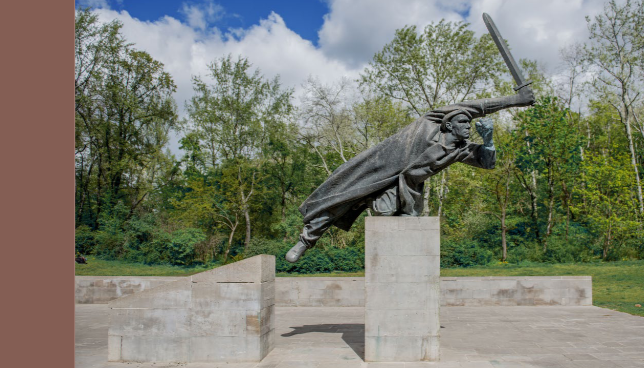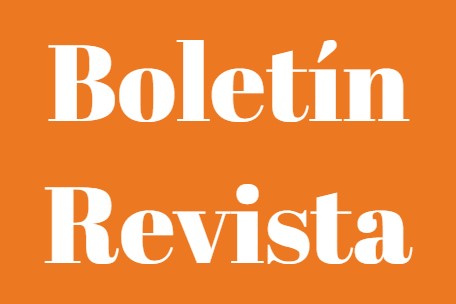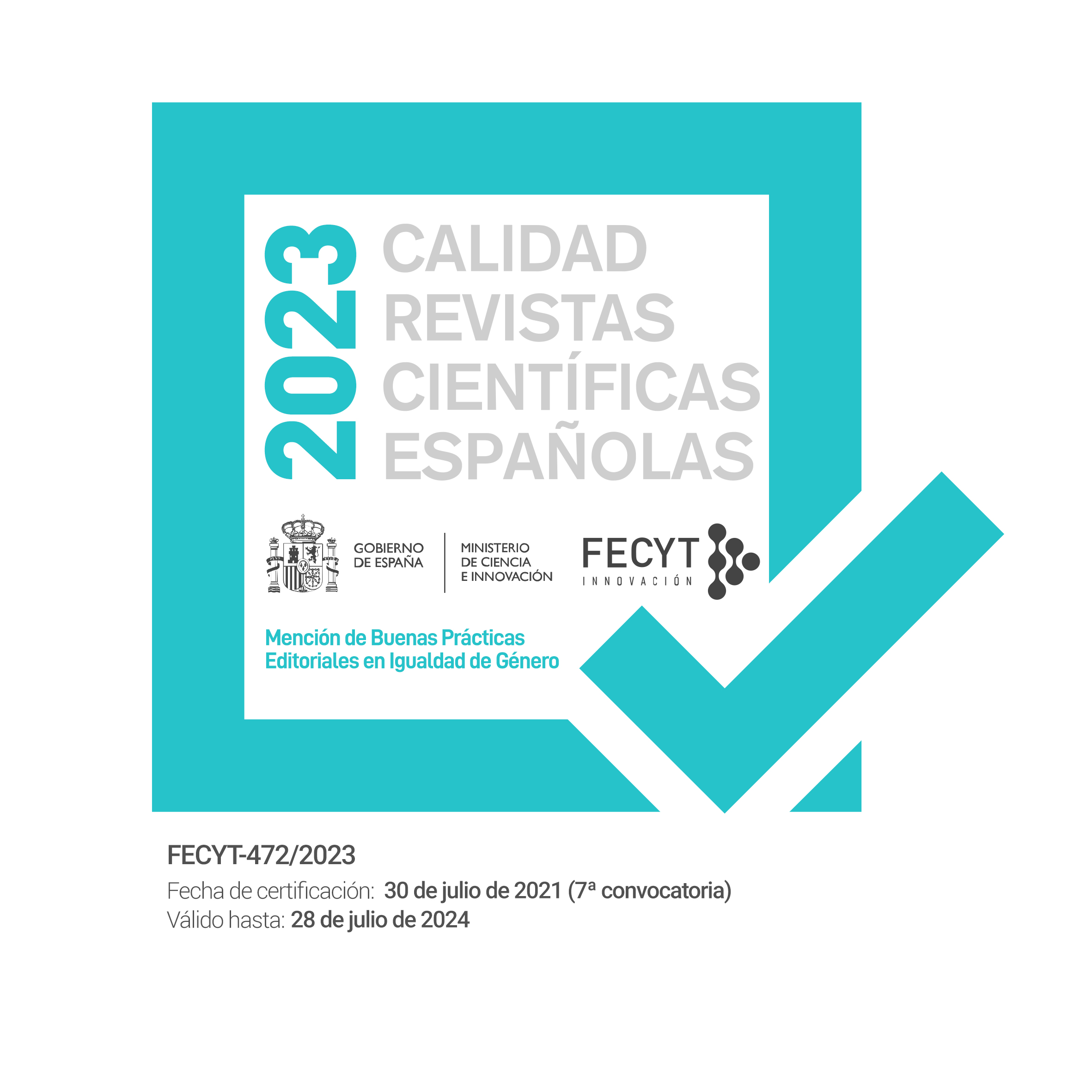“Eso Parece Español”. El Patrimonio Conflictivo Compartido de las Dictaduras
“Eso parece español”. El Patrimonio Conflictivo Compartido de las dictaduras
DOI:
https://doi.org/10.30827/erph.34.2024.31371Keywords:
Spanish Civil War, World War II, Cold War, East-Berlin, West-Berlin, MemorialAbstract
The following article is a local case study that examines the shared heritage of German and Spanish fascism in Berlin and its critical artistic reappraisal using the example of historical sites and monuments of art and architecture of the 20th century. The text is based on the experiences and controversial discussions of the heritage conservation and
restoration in the German capital after the opening of the Berlin Wall (1989/90) and the fall of the Iron Curtain in Europe (1989/1991). Characteristic differences in the reception of history and heritage between the western sectors of Berlin and East Berlin after 1945 also became apparent. The text owes essential impulses to the recent Action Group ‘Integrated and Comprehensive Approaches for Dissonant Heritage in Europe’ of the ‘Partnership Culture and Cultural Heritage’ within the framework of the ‘Urban Agenda of the EU’ and is intended as a contribution to the current discussion at the II International PAMEFRAN Conference “Heritege and conflict Debate on the management and treatment of a multifaceted object”. The article opposes a politically motivated iconoclasm of symbols and monuments of autocratic systems of the past and advocates for their critical reappraisal and commentary
in situ.
Downloads
References
ALLIED CONTROL COUNCIL (1946). Directive No. 30 on the removal of German monuments and museums of a military and National Socialist character, of 13 May. In <https://www.lwl.org/westfaelische-geschichte/nstopo/normen/1946-05-13.pdf> [Accessed: 18.04.2024].
BLAUERT, E. (2004). Walter Krüger, 1888 - 1971, Johannes Krüger, 1890 - 1975: Architekten. Berlin: Kunstbibliothek.
BLUMERS ARCHITEKTEN (s.d.). Wiederaufbau Spanische Botschaft. In <https://www.blumers-architekten.de/de/projekte/details/spanische-botschaft> [Accessed: 18.04.2024].
BRAUNEIS, W., & GROSS, R. (2021). Die Liste der „Gottbegnadeten“. Künstler des Nationalsozialismus in der Bundesrepublik. Berlin: Deutsches Historisches Museum.
DÜLFFER, J., THIES, J., & HENKE, J. (1978). Hitlers Städte. Baupolitik im Dritten Reich. Eine Dokumentation. Köln / Wien: Böhlau Verlag Gmbh.
ENGLERT, K., & TIETZ, J. (2004). Botschaften in Berlin. Berlin: Mann Verlag, Gebr.
GRUNDL, B., AXTHELM, A., & DAMIAN, U. (1987). Dokumentation Diplomatenviertel Berlin-Tiergarten. Vergangenheit - Wettbewerb 1985/86 - Gegenwart 1987. Berlin: Bauausstellung Berlin GmbH.
LANDESDENKMALAMT BERLIN (1996). Baudenkmale in Berlin. Bezirk Friedrichshain (Denkmaltopographie der Bundesrepublik Deutschland). Berlin: Nicolaische Verlagsbuchhandlung.
LANDESDENKMALAMT BERLIN (2005). Denkmale in Berlin - Ortsteile Moabit, Hansaviertel und Tiergarten (Denkmaltopographie Bundesrepublik Deutschland). Petersberg: Michael Imhof Verlag.
LANDESDENKMALAMT BERLIN (2013). Gartendenkmale in Berlin. Parkanlagen und Stadtplätze. Petersberg: Michael Imhof Verlag.
LANDESDENKMALAMT BERLIN (2018). Gartendenkmale in Berlin. Nachkriegszeit bis Ende der 1960er Jahre. Petersberg: Michael Imhof Verlag.
LARSSON, L. O. (1978). Die Neugestaltung der Reichshauptstadt. Albert Speers Generalbebauungsplan für Berlin. Stuttgart: Hatje Cantz Verlag.
LICHTBILD. (s.f.). Spaniens Himmel über Berlin. In <https://lichtbild.org/spaniens-himmel-ueber-berlin/> [Accessed: 18.04.2024].
MINISTERIO DE ASUNTOS EXTERIORES, UNIÓN EUROPEA Y COOPERACIÓN (2023). “#EmbassyOfTheMonth - Spanish Embassy in Berlin, Germany”. YouTube. In <https://www.youtube.com/watch?v=sjmS1qg2lfI> [Accessed: 18.04.2024].
OCÓN FERNÁNDEZ, M. J. (1994). “Die neue Spanische Botschaft in Berlin (1938-1943)”, Kritische berichte, n. 22, pp. 110-118, DOI: https://doi.org/10.11588/kb.1994.3.11380
OCÓN FERNÁNDEZ, M. J. (1995). “Repräsentationsarchitektur zwischen spanischem Faschismus und Nationalsozialismus”, Jahrbuch des Landesarchivs Berlin, pp. 141-154.
REICHHARDT, H. J., & SCHÄCHE, W. (1985). Von Berlin nach Germania: über die Zerstörungen der Reichshauptstadt durch Albert Speers Neugestaltungsplanungen: eine Austellung des Landesarchivs Berlin. Berlin: BRD.
SCHÄCHE, W. (1992). Architektur und Städtebau in Berlin zwischen 1933 und 1945, Die Bauwerke und Kunstdenkmäler von Berlin, vol. 17. Berlin: Mann Gebr.
SCHMIDT, D. (1972). Fritz Cremer: Leben, Werke, Schriften, Meinungen. Dresden: Verlag der Kunst, pp. 70-71.
SCHMIDT, H. (1981). Das Tiergartenviertel. Baugeschichte eines Berliner Villenviertels. Die Bauwerke und Kunstdenkmäler von Berlin, vol. 4. Berlin: Mann, 1981.
SENATSVERWALTUNG FÜR STADTENTWICKLUNG UND WOHNEN. (s.f.). Positionen und Empfehlungen des Landesdenkmalrates Berlin (Recommendation of the State Council for Monuments Berlin on the monument to the Spanish Fighters in Volkspark Berlin-Friedrichshain, Protocol of the session of 30 September 2016, Top 6). In <https://www.berlin.de/sen/stadtentwicklung/denkmal/landesdenkmalrat-berlin/positionen-und-empfehlungen/> [Accessed: 18.04.2024].
SPANIEN IN BERLIN. (2008). El cielo español sobre Berlín. In <http://spanien-berlin.de/index.html> [Accessed: 18.04.2024].
SPANIENKÄMPFER. (s.f.).Memorial to the German Members of the International Brigades in the Spanish Civil War, Berlin-Friedrichshain. In <https://spanienkaempfer.jimdofree.com/english-version-a-monument-in-need-of-explanation/> [Accessed: 18.04.2024].
WIKIPEDIA. (2024). Pedro Muguruza. In <https://en.wikipedia.org/wiki/Pedro_Muguruza> [Accessed: 18.04.2024].

Downloads
Published
How to Cite
Issue
Section
License
Copyright (c) 2024 Jörg Haspel

This work is licensed under a Creative Commons Attribution-NonCommercial 4.0 International License.
Las/os autoras/es conservan los derechos de autoría y otorgan a la revista el derecho de primera publicación (reproducción, edición, distribución, comunicación pública y exhibición).
Más infomación en Sobre la revista > Aviso de derechos de autor/a















